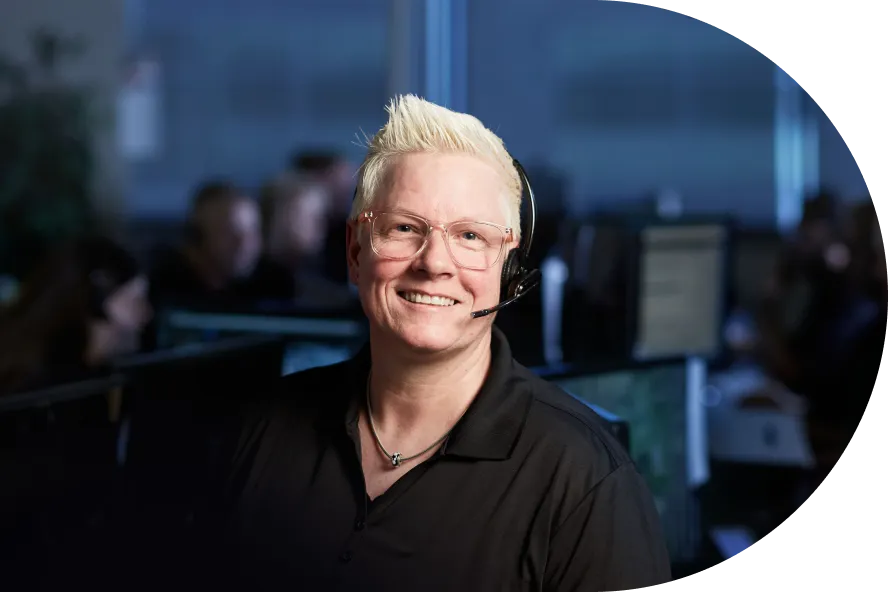Mechanical Installations
Radius Fire licensed and certified sprinkler fitters, operate under strict quality control and safety guidelines.

Heading
Heading 1
Heading 2
Heading 3
Heading 4
Heading 5
Heading 6
Lorem ipsum dolor sit amet, consectetur adipiscing elit, sed do eiusmod tempor incididunt ut labore et dolore magna aliqua. Ut enim ad minim veniam, quis nostrud exercitation ullamco laboris nisi ut aliquip ex ea commodo consequat. Duis aute irure dolor in reprehenderit in voluptate velit esse cillum dolore eu fugiat nulla pariatur.
Block quote
Ordered list
- Item 1
- Item 2
- Item 3
Unordered list
- Item A
- Item B
- Item C
Bold text
Emphasis
Superscript
Subscript
Prioritizing Safety and Efficiency
Radius Fire licensed and certified sprinkler fitters, operate under strict quality control and safety guidelines. Our fitters perform hydraulic calculations, submit results for municipal approval, and offer services ranging from new system installation to sprinkler system alterations, testing and troubleshooting, prioritizing safety and efficiency. If you want a simple, reliable solution for ALL of your fire protection needs? There's only one place to go. Don’t delay. Contact Radius today!
Installations to Code
Any new fire sprinkler system must comply with the B.C. Building and Fire Codes, NFPA 13 and municipal bylaws. A qualified engineer performs complicated hydraulic calculations to ensure the sprinklers provide enough water or fire suppressant to extinguish a fire. The results are then submitted to the local municipality for approval. At Radius Fire, we use sprinkler fitters—licensed by the provincial government—on all our sprinkler installation projects.
These certified professionals, operating under our strict quality control program, install your system according to the approved design. To prepare documents for municipal approval, to learn whether your existing system requires re-engineering or to install an approved design, contact us today. We can install your:
- Automatic Sprinkler System
- Fire Pumps
- Fire Hoses
- Backflow Preventers
ASTTBC Certified Sprinkler Fitters
Radius Fire has a state-of-the-art Sprinkler Testing Lab, where our ASTTBC (Applied Science Technologists and Technicians of British Columbia) Certified Sprinkler Fitters are trained on installation, testing, troubleshooting, and regular maintenance of all sprinkler systems available on the market. Altering an existing system, such as moving or adding sprinkler heads, may or may not require re-engineering. Our team of seasoned sprinkler fitters can repair any problem they encounter.
Compliance Made Simple
Radius Fire simplifies compliance by serving as your sole provider for sprinkler system installation, annual fire inspections, and fire panel monitoring. Our certified technicians, installers and sprinkler fitters ensure NFPA-compliant inspections, address deficiencies promptly, and offer comprehensive maintenance and repairs.
Efficient Installations and Less Interruptions
Many fire systems like backflows are located in confined spaces, our Installers are fully certified in operating confined space safety equipment including gas detectors and are equipped with confined space recovery kits; tripod winch systems. Our team is well-prepared for confined space work, meaning the chances of delays due to safety concerns or accidents are minimized. This can result in more efficient installations and less interruptions. If you want a simple, reliable solution for ALL of your fire protection needs? There's only one place to go. Don’t delay. Contact Radius today!
Our clients tell us we're "Fire"
Hot off the presses!
How to Choose a Fire Suppression System and Installer

The only authorized fire technician training provider in British Columbia



